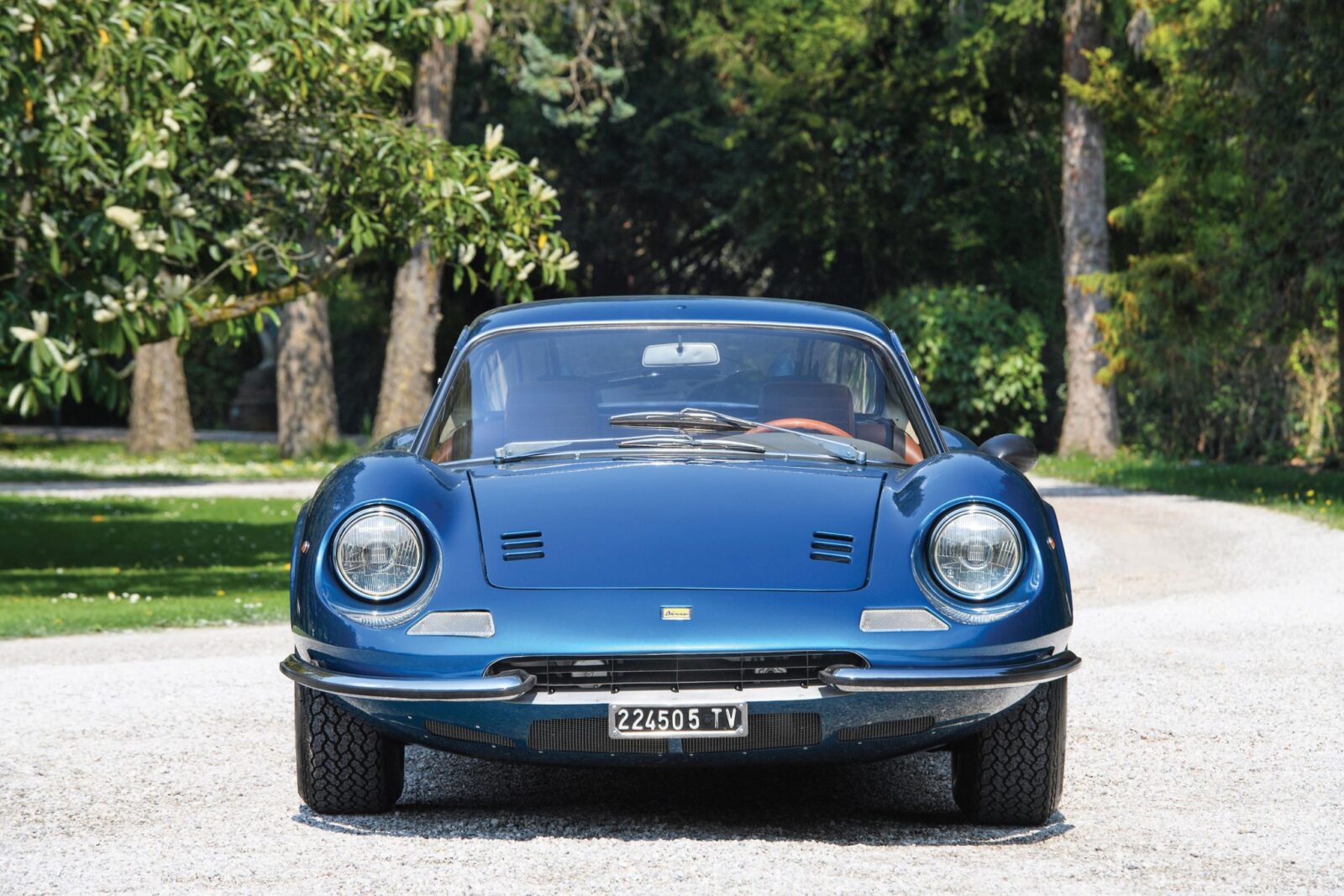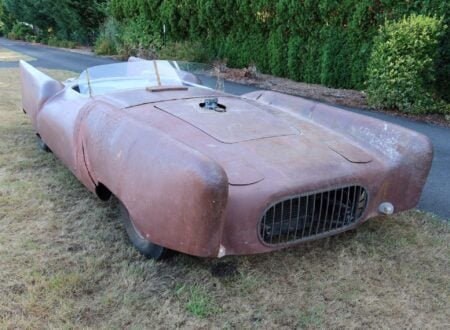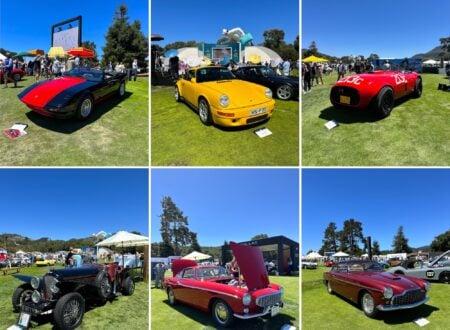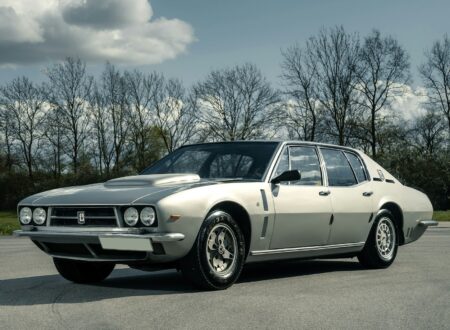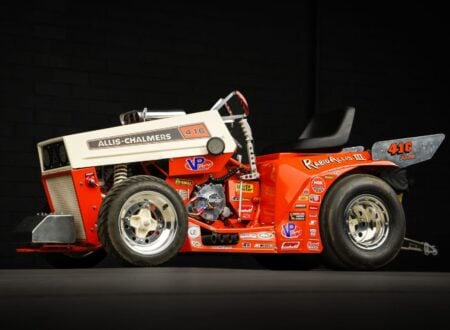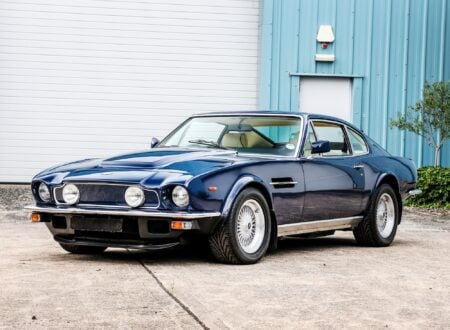A Short History of the Dino
Purists are always quick to point out that this car didn’t actually wear a Ferrari badge – it wore Dino badging front and back at the direction of Enzo Ferrari himself, who didn’t want to dilute his already legendary brand with a smaller-engined, less expensive model.
The Dino had been conceived as a way for the Italian marque to compete with the popular Porsche 911, while still keeping the main Ferrari brand intact. It was named for Enzo’s son Alfredo “Dino” Ferrari who had died from Duchenne muscular dystrophy in 1956 at the age of just 24.
Dino Ferrari had been an automotive engineer who had co-designed an early V6 with engineer Vittorio Jano for Ferrari Formula cars, and it would be a derivative of this 1.6 litre DOHC V6 that would be used in the Dino 206 GT 12 years later.
Enzo had been very resistant to the idea of building a mid-engined road car, fearing his customers wouldn’t have the skills to handle them, but the success of the Porsche 911 and Lamborghini Miura had softened his resolve, combined with the urging of his engineers. He reasoned that the relatively small aluminium V6 would be easy to handle, and he was a sentimental man who would have been moved to see his son’s name on a production car, powered by an engine descended from one of his own design.
The first Dino was actually a front-engined Fiat, it was built in an agreement with Ferrari who needed a minimum of 500 road going cars fitted with their V6 for homologation requirements. They wanted to race in the new-for-1967 Formula 2 series with their 1.6 litre V6, so Fiat agreed to build a minimum of 500 road cars using the 2 litre version of the engine.
The second Dino was the 206 SP – a prototype design penned by Leonardo Fioravanti at Pininfarina. It was first shown to the public at the 1965 Paris Motor Show, where it received a warm welcome, a year later at the 1966 Turin Motor Show a modified version called the Dino 206S was shown – this car was far closer to the actual production model that would appear in 1968.
Production Dinos would appear in three major iterations, the 206 GT, the 246 GT (and GTS), and the 308 GT4.
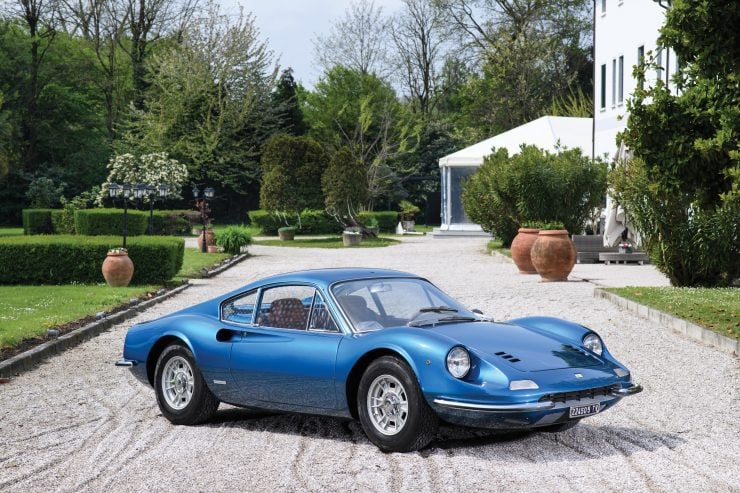
A Brief Dino 206 GT Introduction
The Dino 206 GT was produced in very limited numbers – just 156 left the factory and today they’re by far the most sought after. These early Dinos were handcrafted entirely from aluminium alloy with a 2 litre aluminium Dino V6 transversely mounted behind the driver.
They were capable of 178 hp, and rode on all-independent suspension with a spritely curb weight of just 900 kilograms. The reported top speed was 146 mph, and many of the original 156 cars have survived thanks to their rust-free aluminium construction.
A Brief Dino 246 GT/GTS Introduction
The Dino 246 GT and GTS were the answer to those who were clamouring for more power. An updated V6 now with an iron block and a 2.4 litre capacity was used, offering a (Euro-spec) 195 hp, and an all-steel body. The new body was heavier, at 1080 kilograms for the GT and 1100 kilograms for the topless GTS, which resulted in a roughly identical top speed to the 206 GT of ~146 mph.
The far easier production of steel body panels meant that Ferrari could significantly increase sales numbers, 3,569 examples of the Dino 246 were build (both GT and GTS cars). The 246 out performed the Porsche 911 in all tests except fuel economy – which is probably exactly how Enzo would have wanted it.
A Brief Dino 308 GT4 Introduction
The Dino 308 GT4 was a 2+2 with a fundamentally different design to its forebears. It was penned by Marcello Gandini in the popular wedge-style and featured an aluminium 2927cc V8 with DOHC (per bank) with 4 Weber carburettors and 250 hp.
This would be the Dino model that would finally be blessed with official Ferrari badges in 1976. The 308 GT4 is by far the least expensive models (in today’s market), typically sitting above the Mondial but below other cars of the era like the 308 GTB. This has made the 308 GT4 a popular “first” Ferrari, but from a purely practical standpoint it offers 4 seats and luggage space – better than many of its Ferrari siblings.
The 1969 Dino 206 GT Shown Here
The car you see here is an original ’69 model that was formerly owned by the famous dramatic tenor, Mario Del Monaco. Being a 206 GT it benefits from the original Scaglietti-built aluminium body and the lightweight 2 litre all-aluminium engine. For collectors of means, this is the Dino to have, and not just for its operatic history.
Just 51 206 GTs were built in 1969, with this one being originally delivered to Sig. Vittorio Guadalupi of Mestre, Venice, on the 26th March. After passing through the hands of a small number of owners including Mario Del Monaco, it passed to the current owner in 1980 – who has covered just 2,000 kilometres in it in that time.
The car benefits from being all-original with the exception of a bare-metal respray in its original metallic blue, and the addition of a new (period correct) exhaust by ANSA Marmitte. It’s due to be offered for sale at the Villa Erba sale on the 27th of May with an estimated value of between €550,000 and €600,000, if you’d like to read more about it or register to bid you can click here to visit the listing.
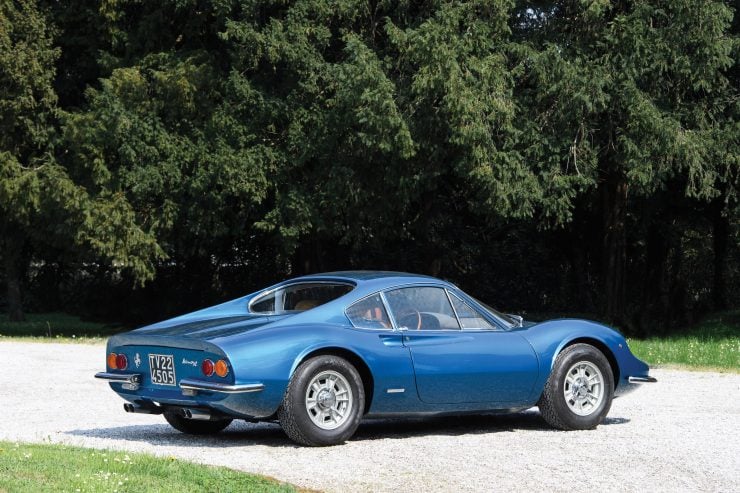
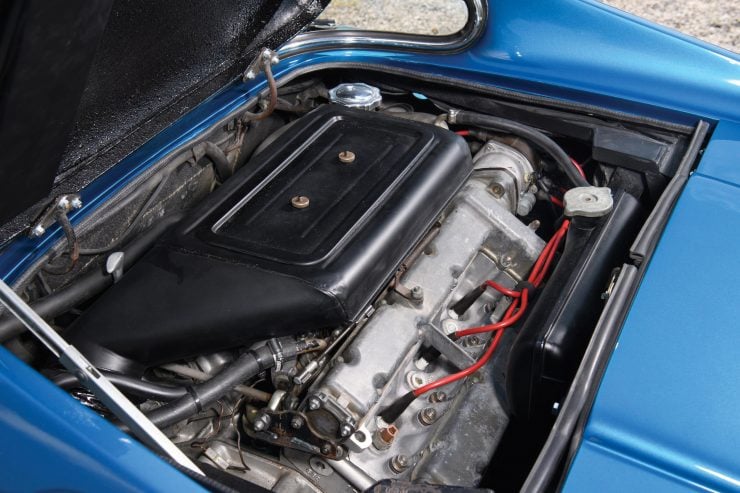
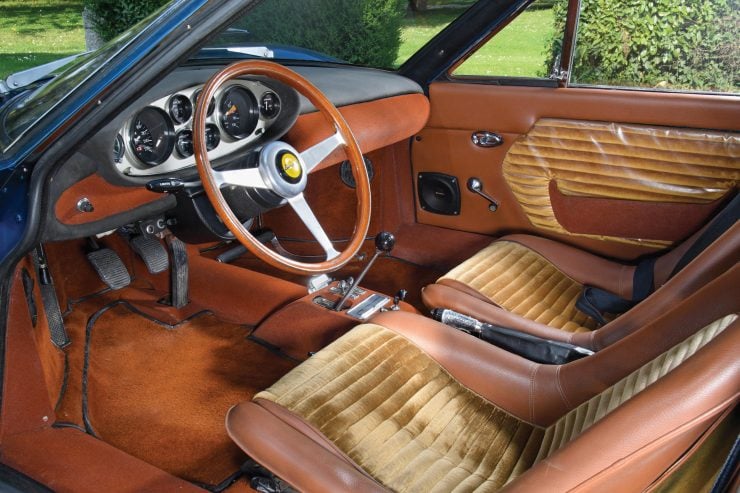
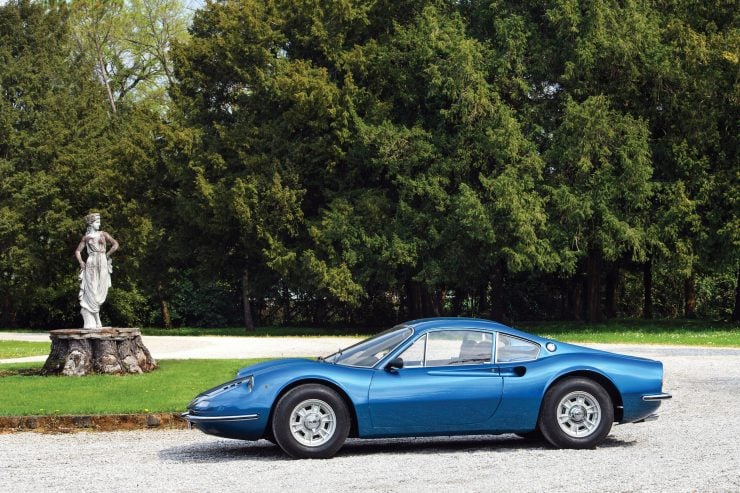

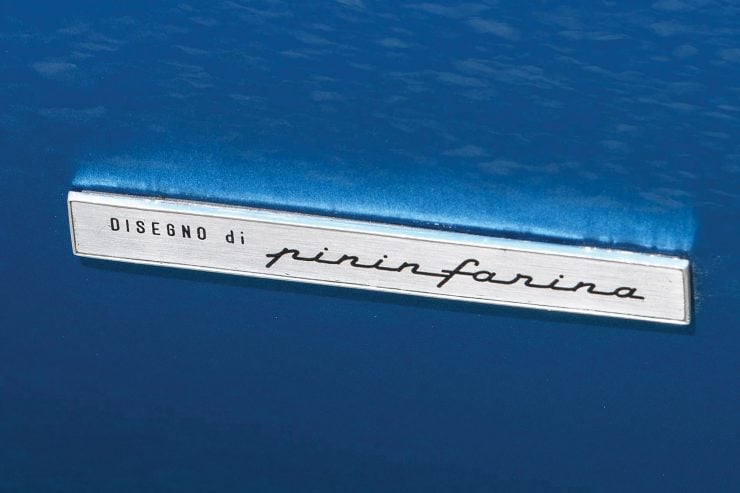
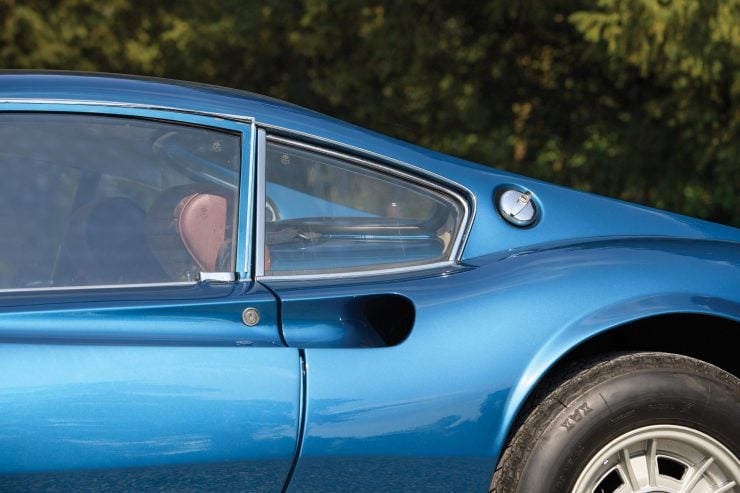
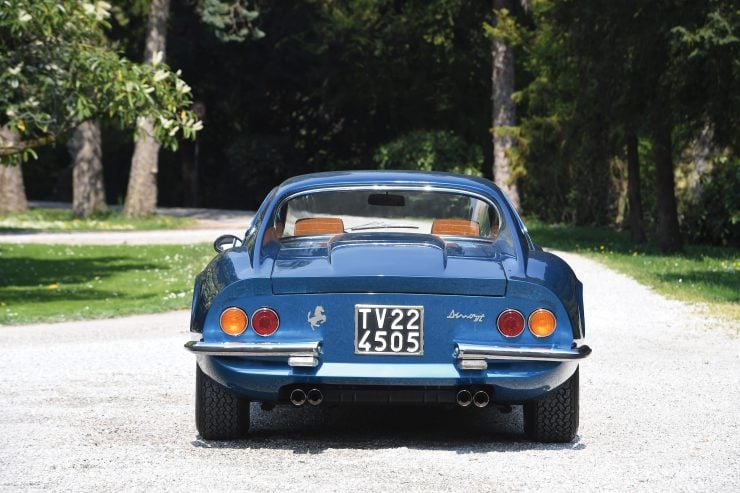
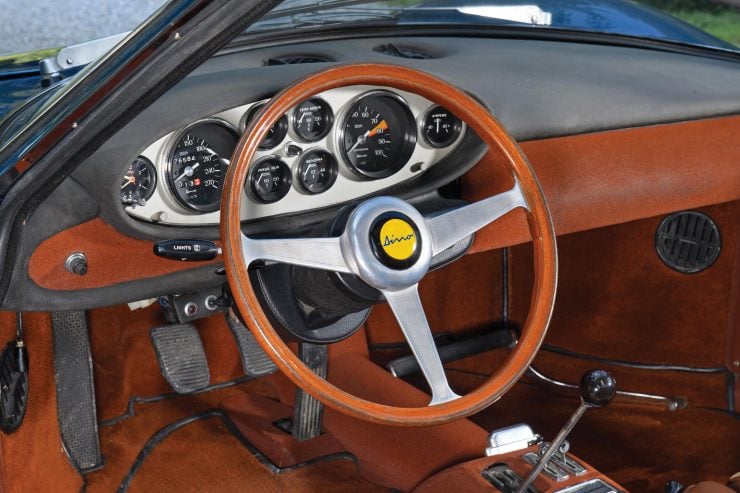
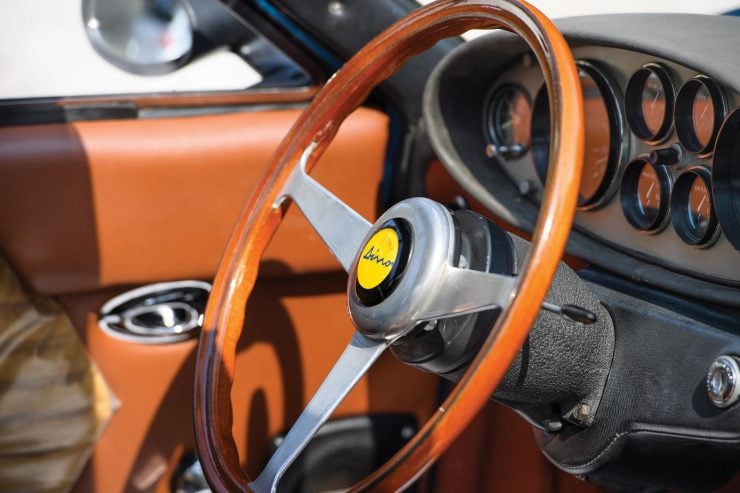
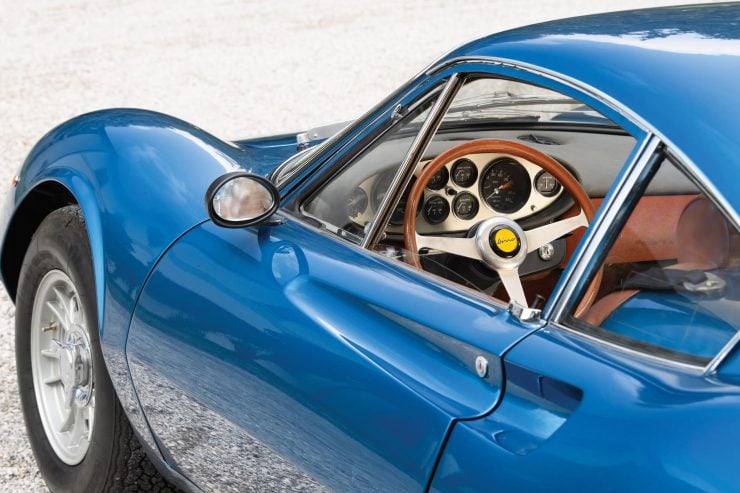
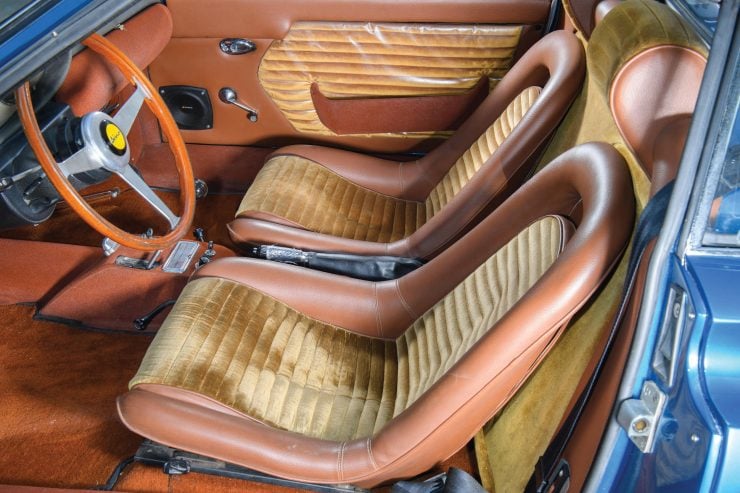


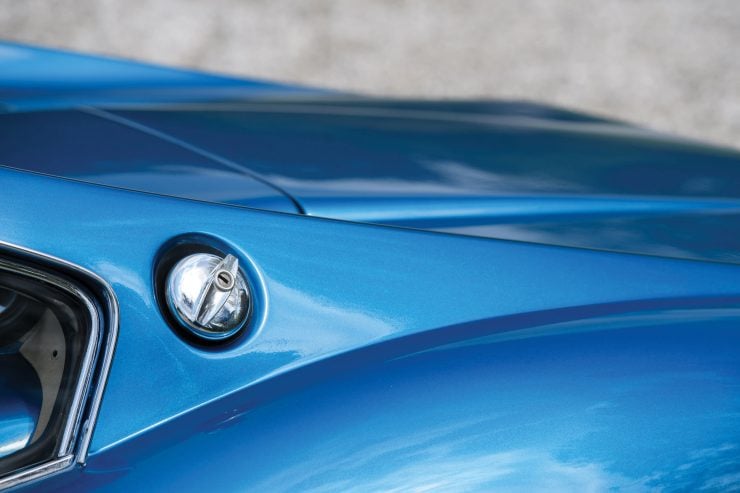
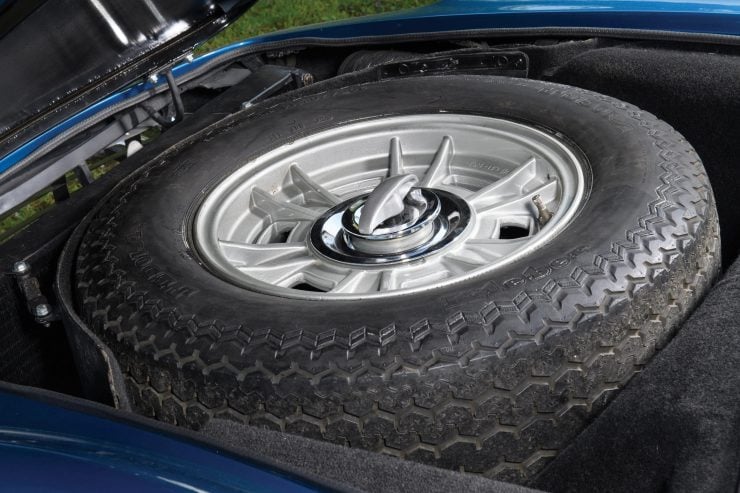
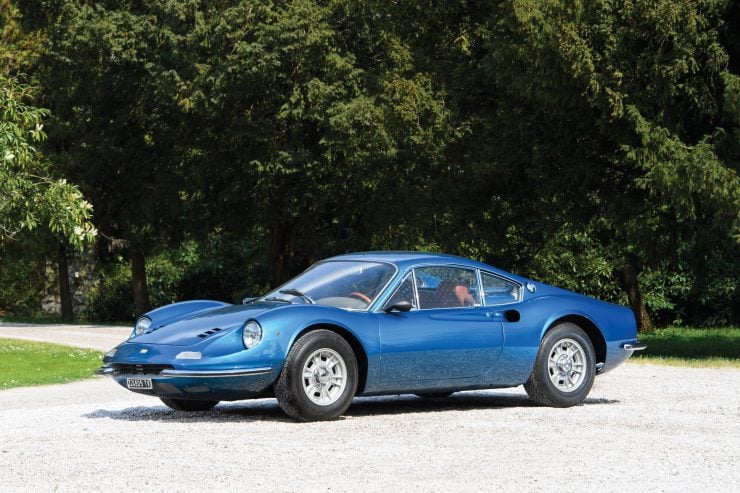
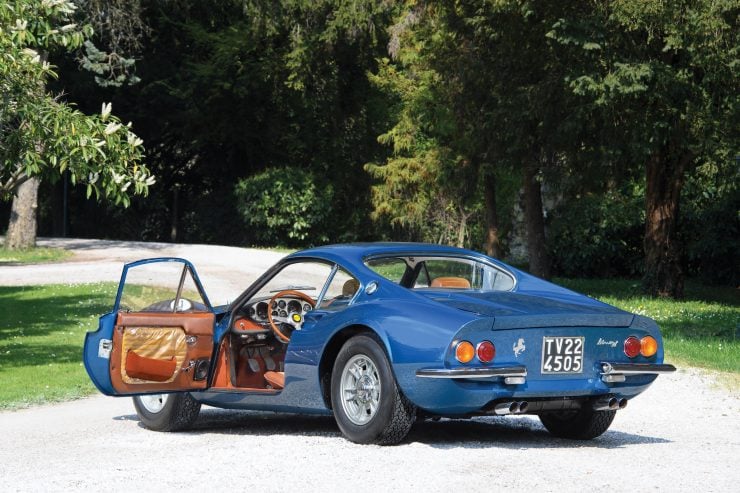
Photo Credits: Tim Scott ©2017 Courtesy of RM Sotheby’s

Articles that Ben has written have been covered on CNN, Popular Mechanics, Smithsonian Magazine, Road & Track Magazine, the official Pinterest blog, the official eBay Motors blog, BuzzFeed, Autoweek Magazine, Wired Magazine, Autoblog, Gear Patrol, Jalopnik, The Verge, and many more.
Silodrome was founded by Ben back in 2010, in the years since the site has grown to become a world leader in the alternative and vintage motoring sector, with well over a million monthly readers from around the world and many hundreds of thousands of followers on social media.

